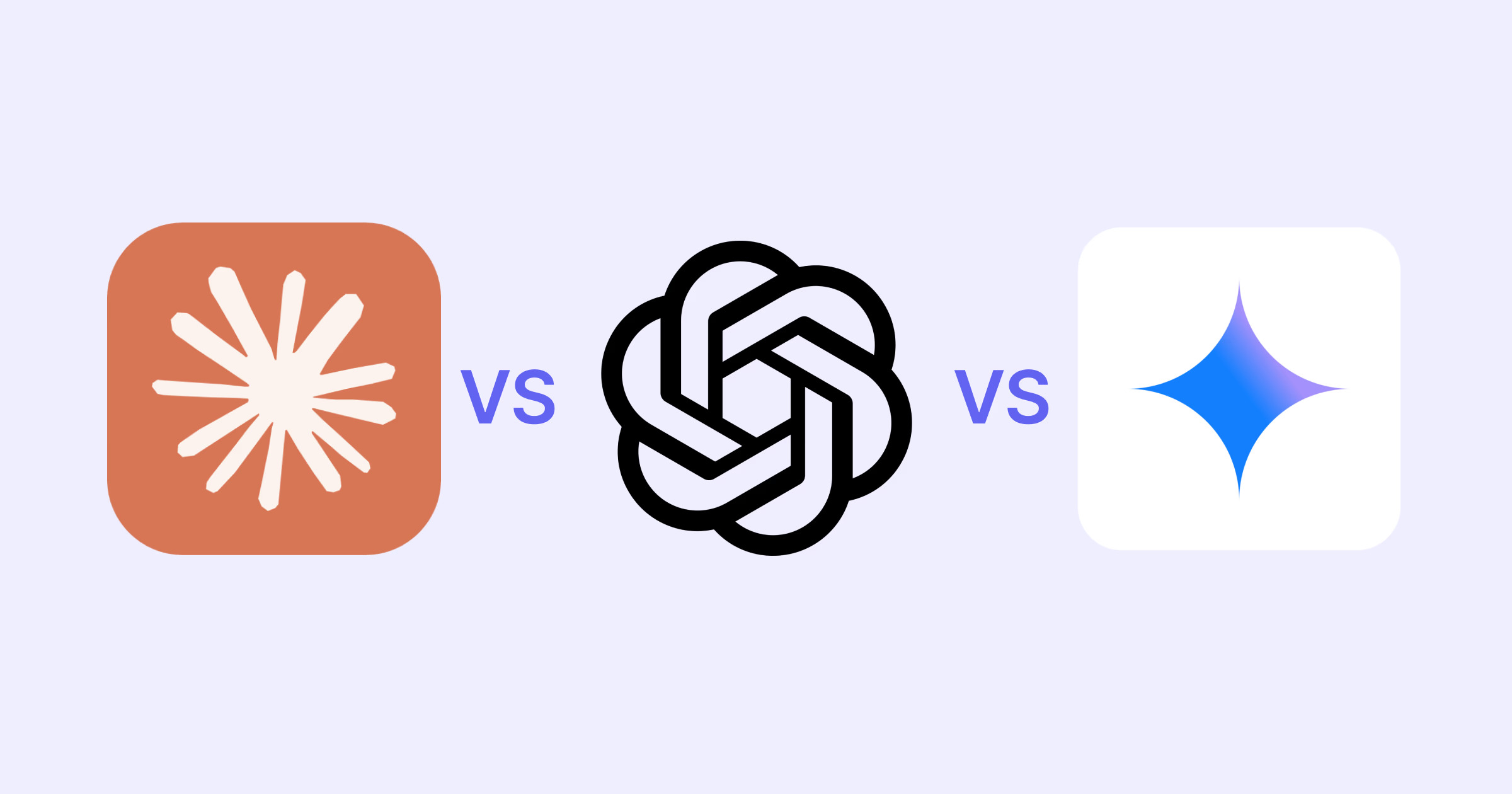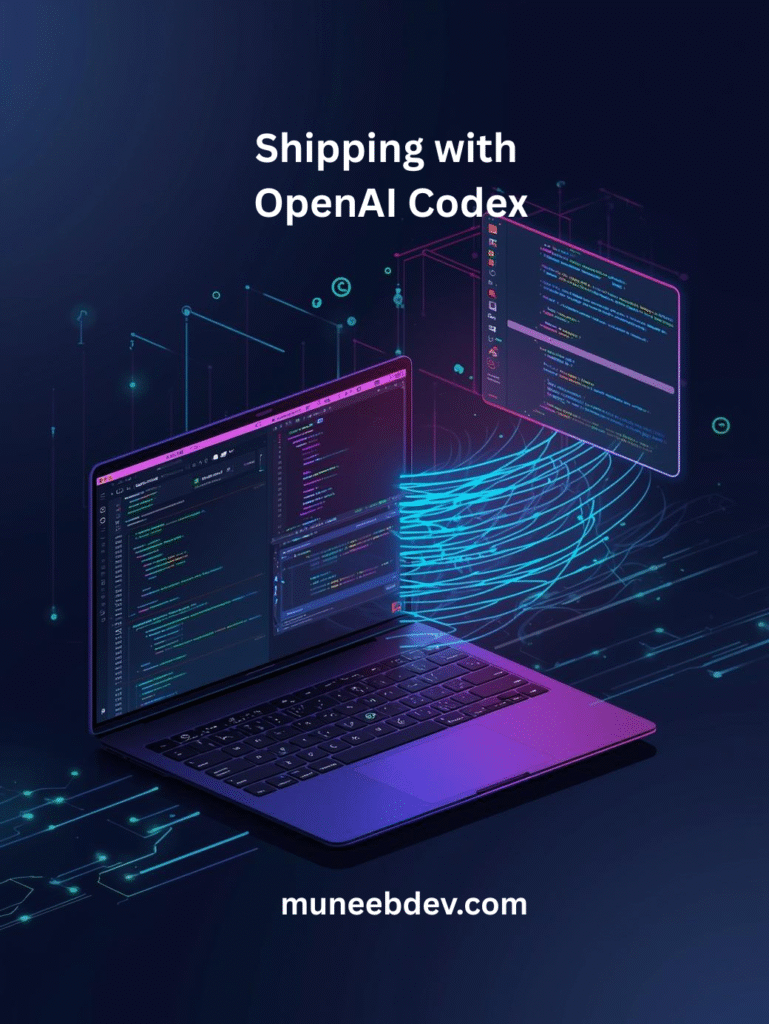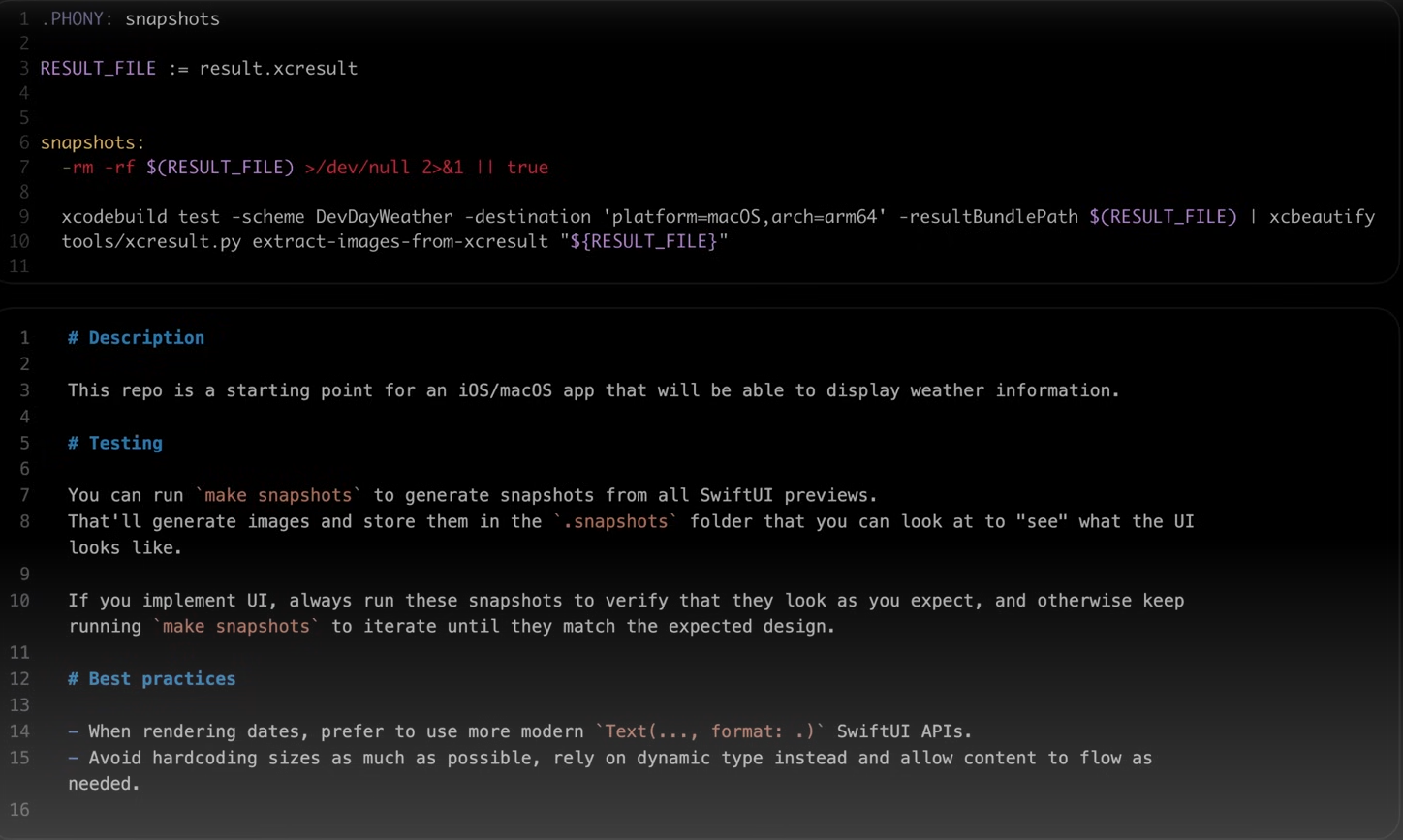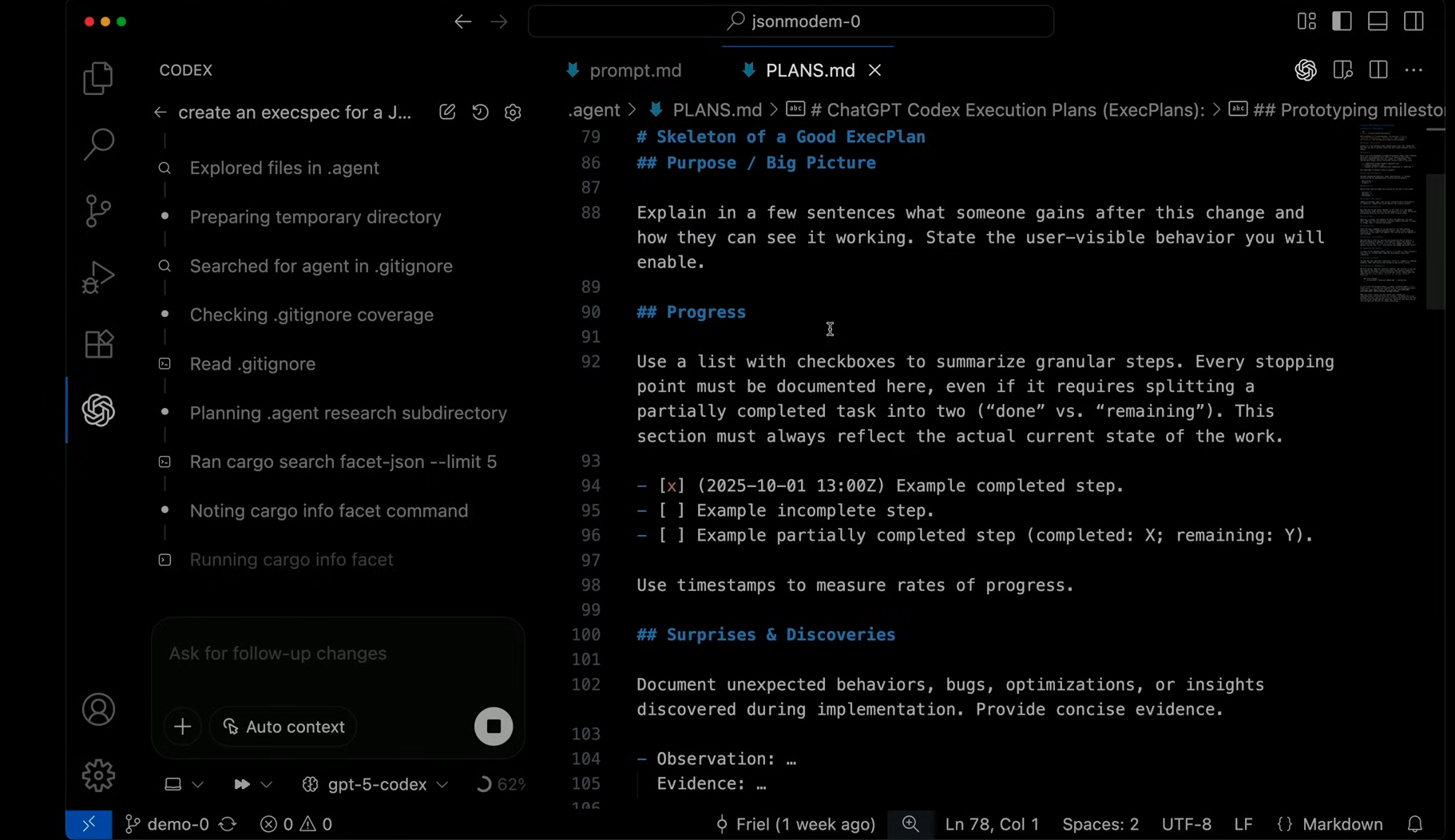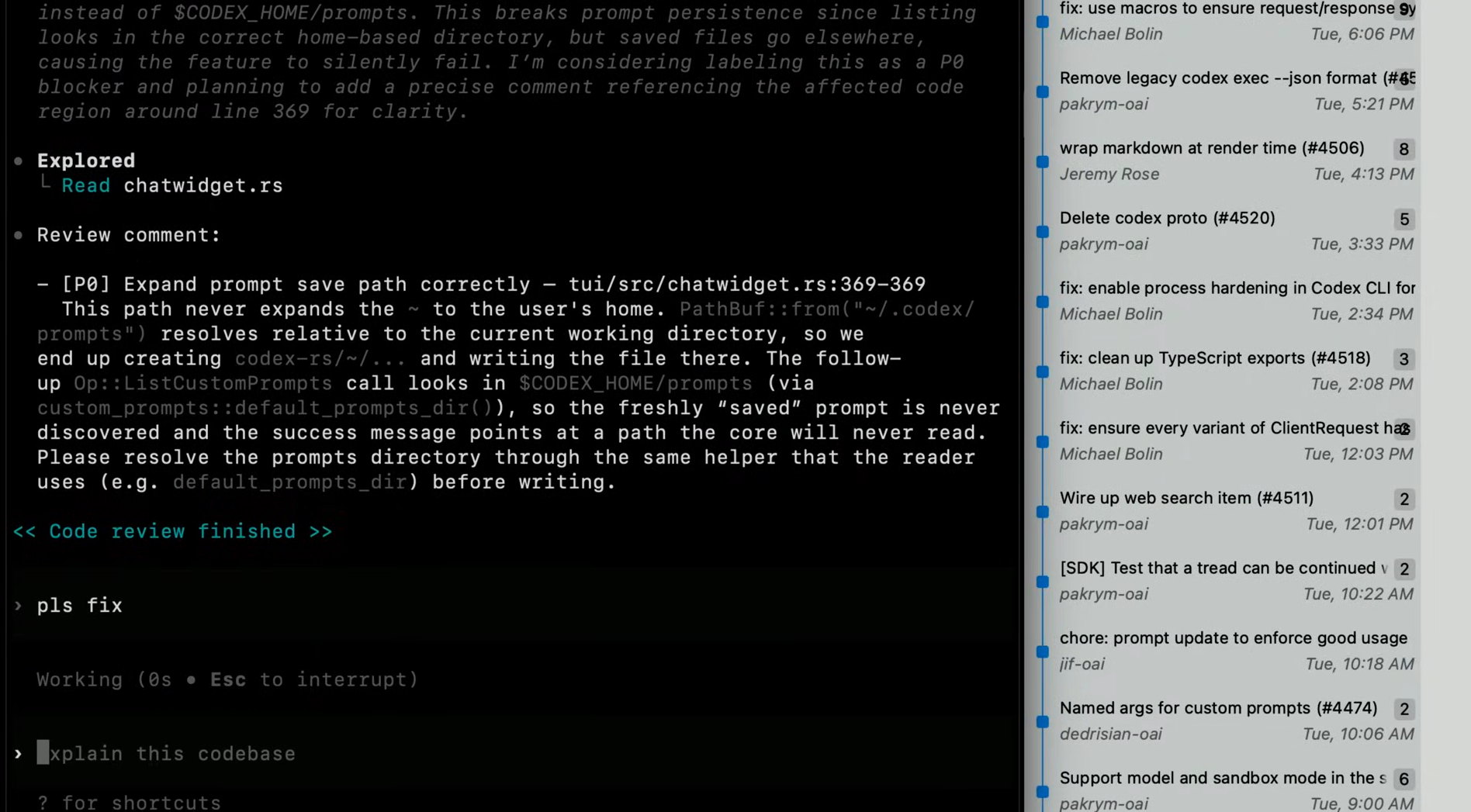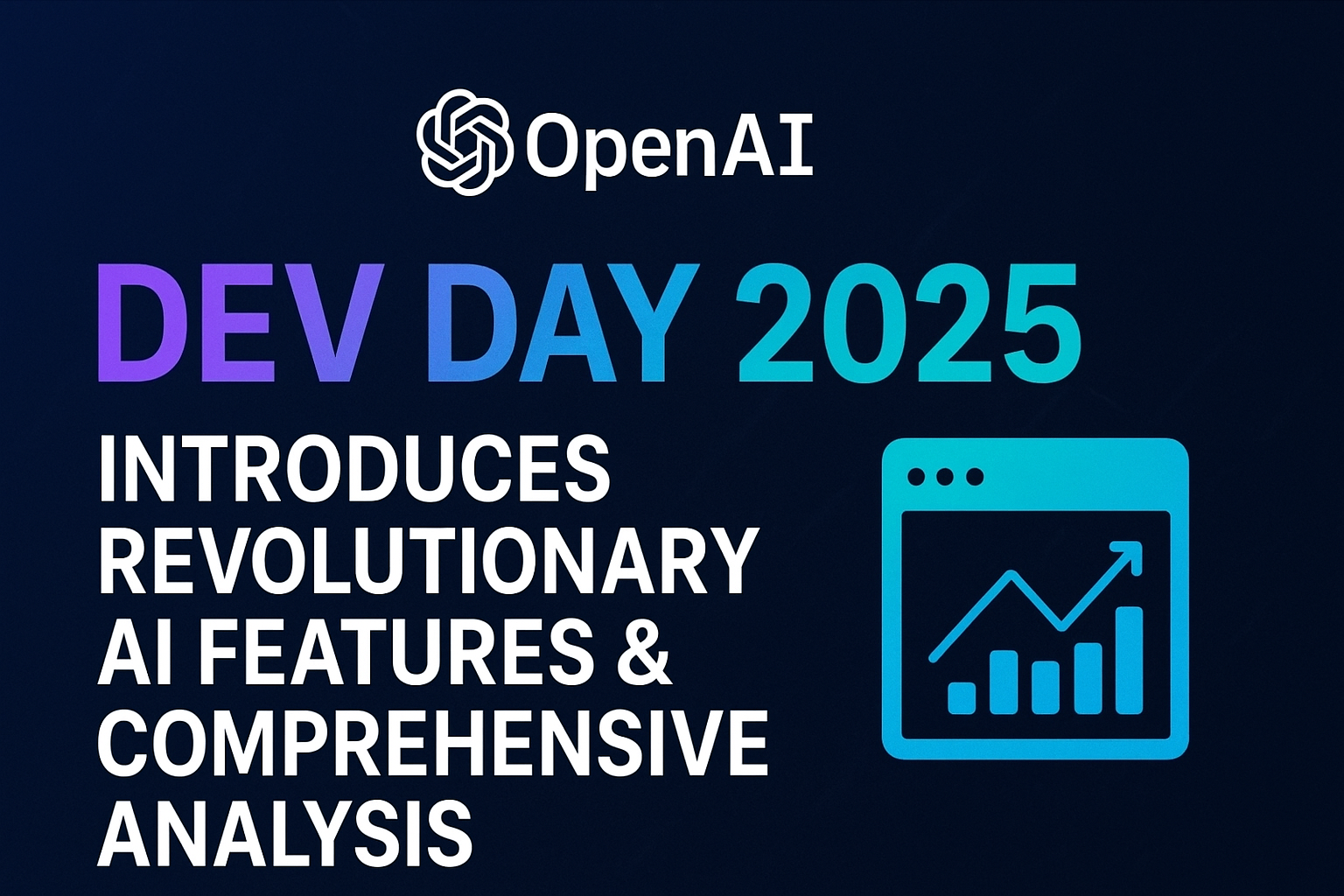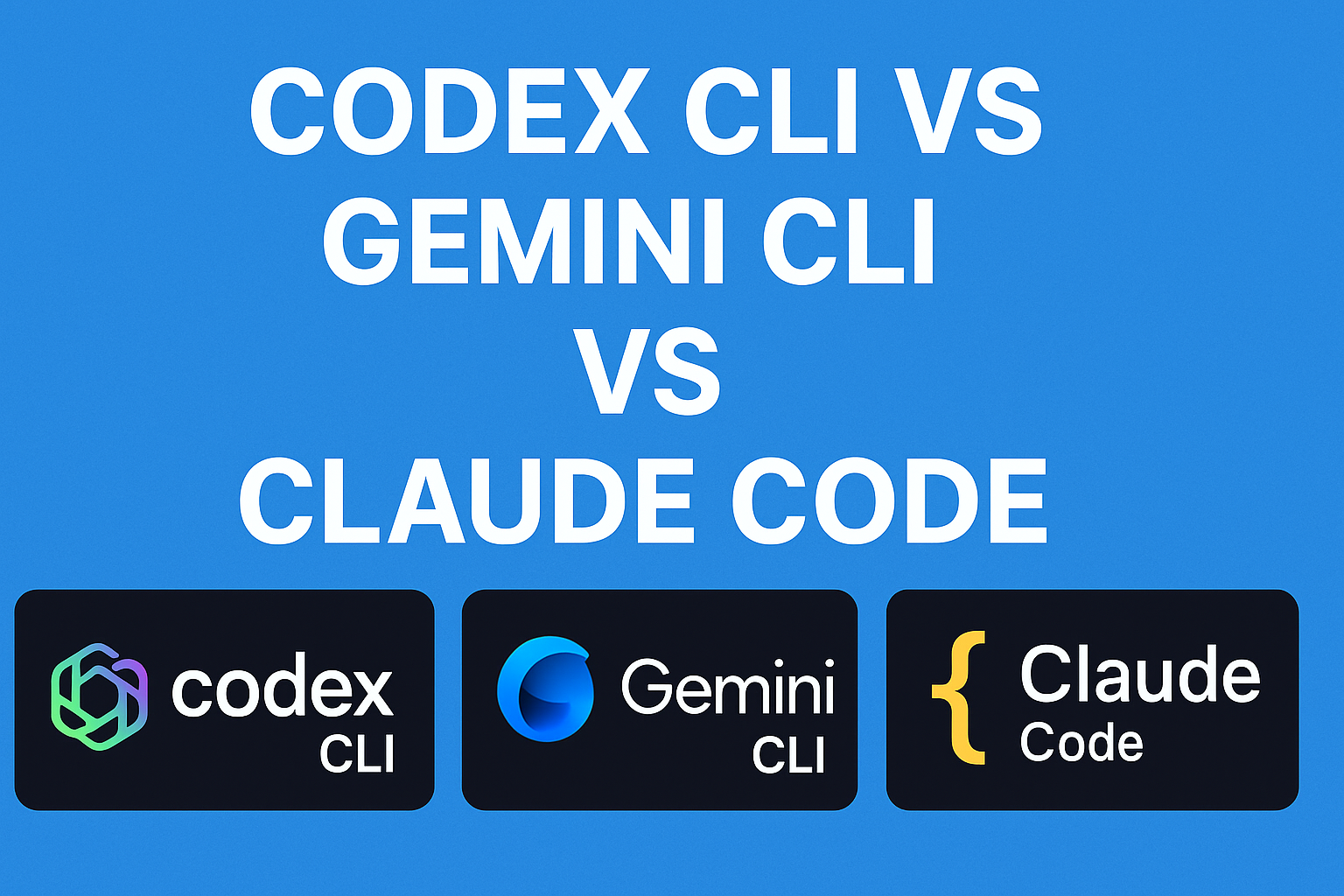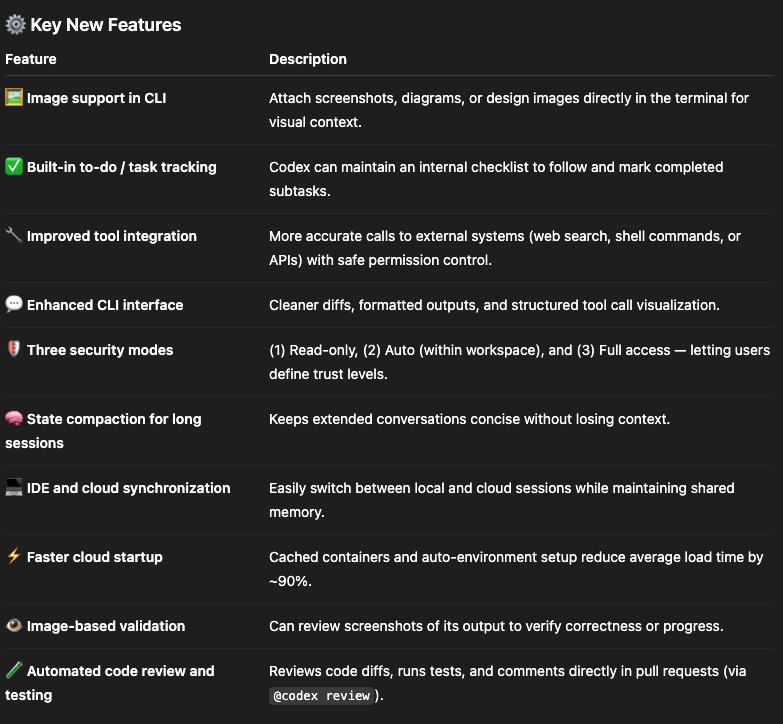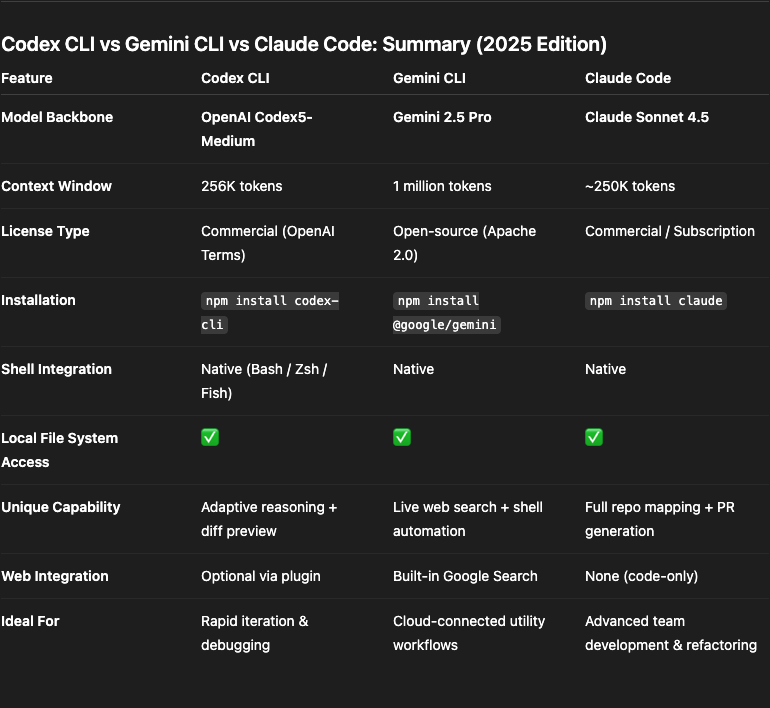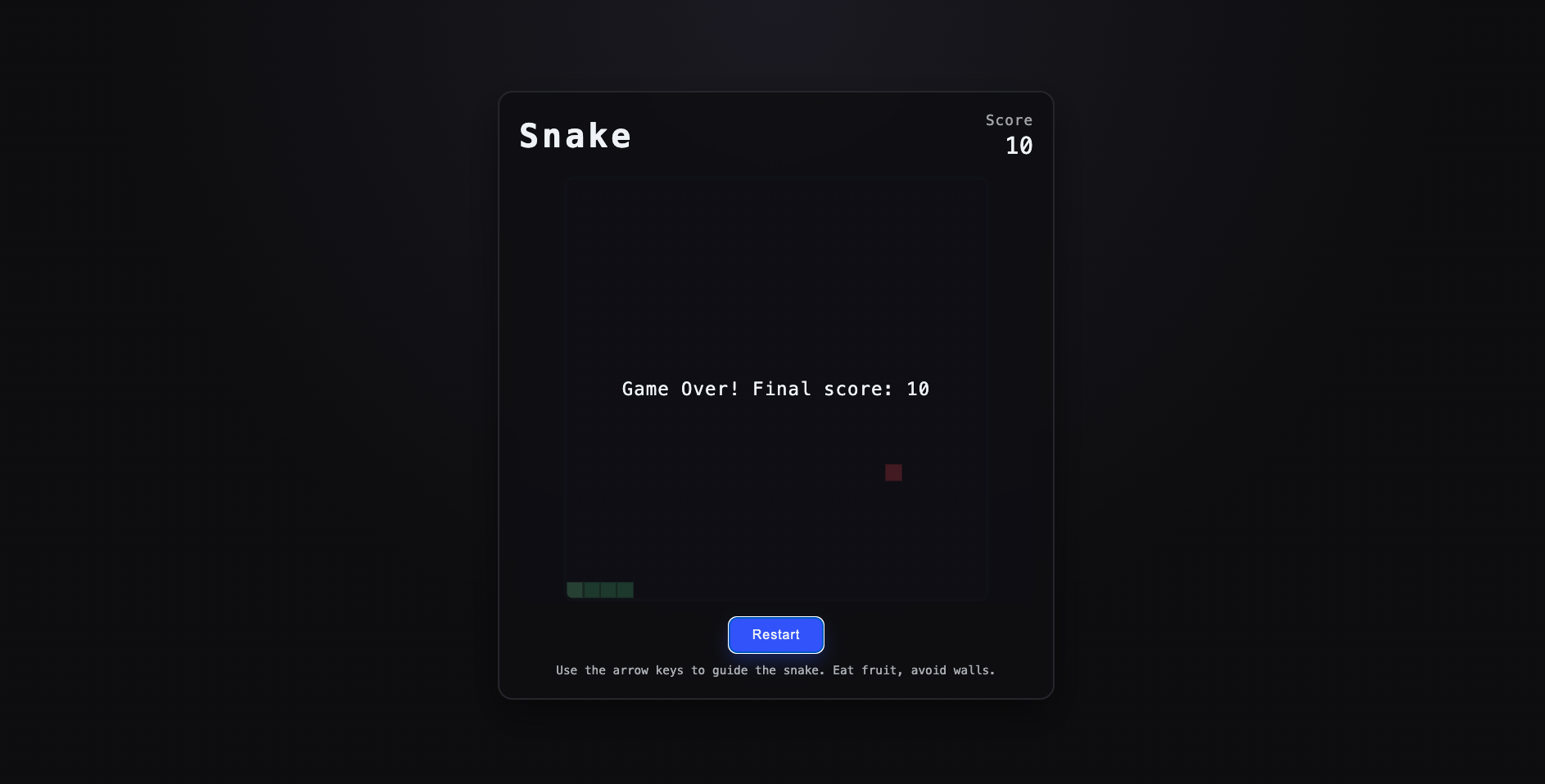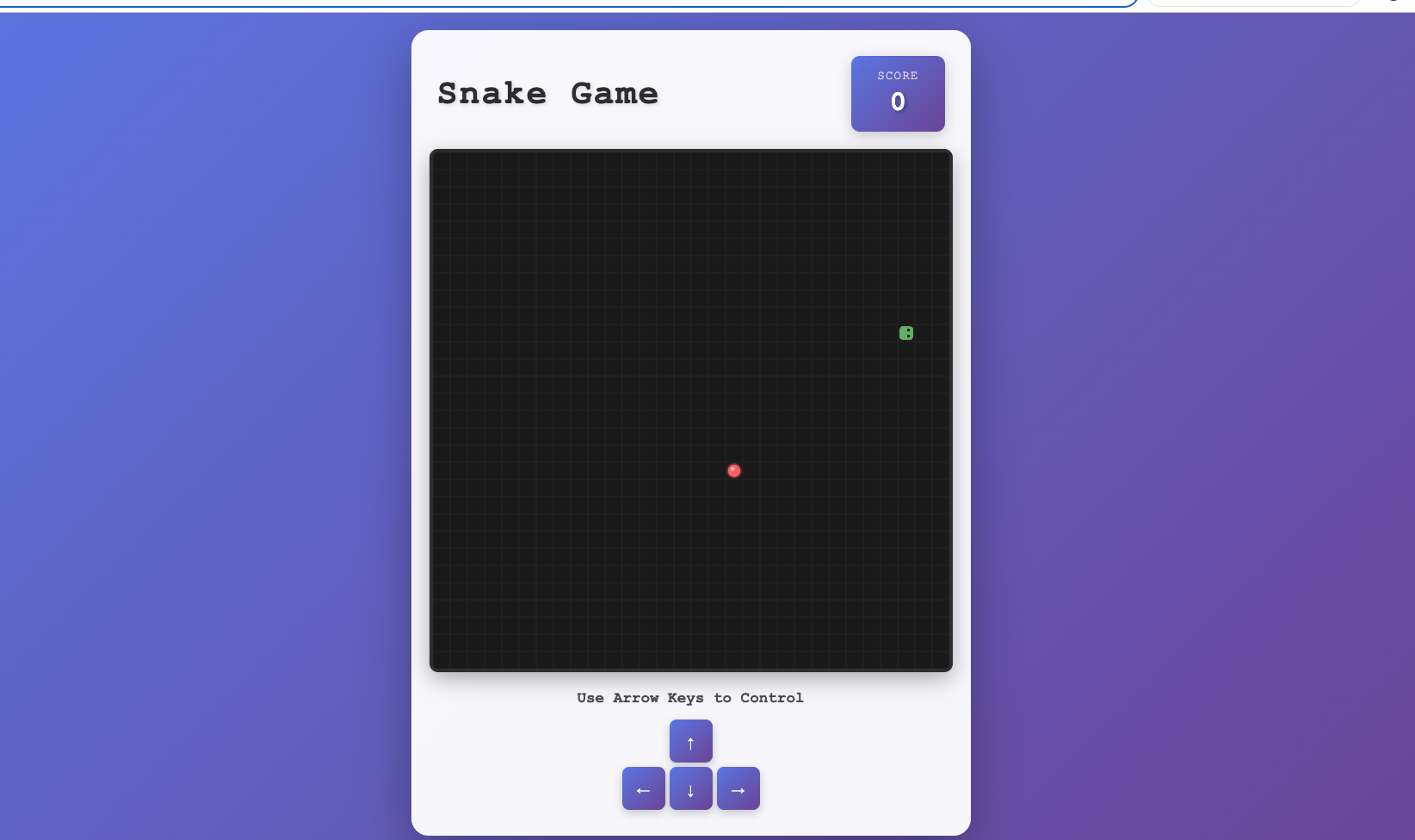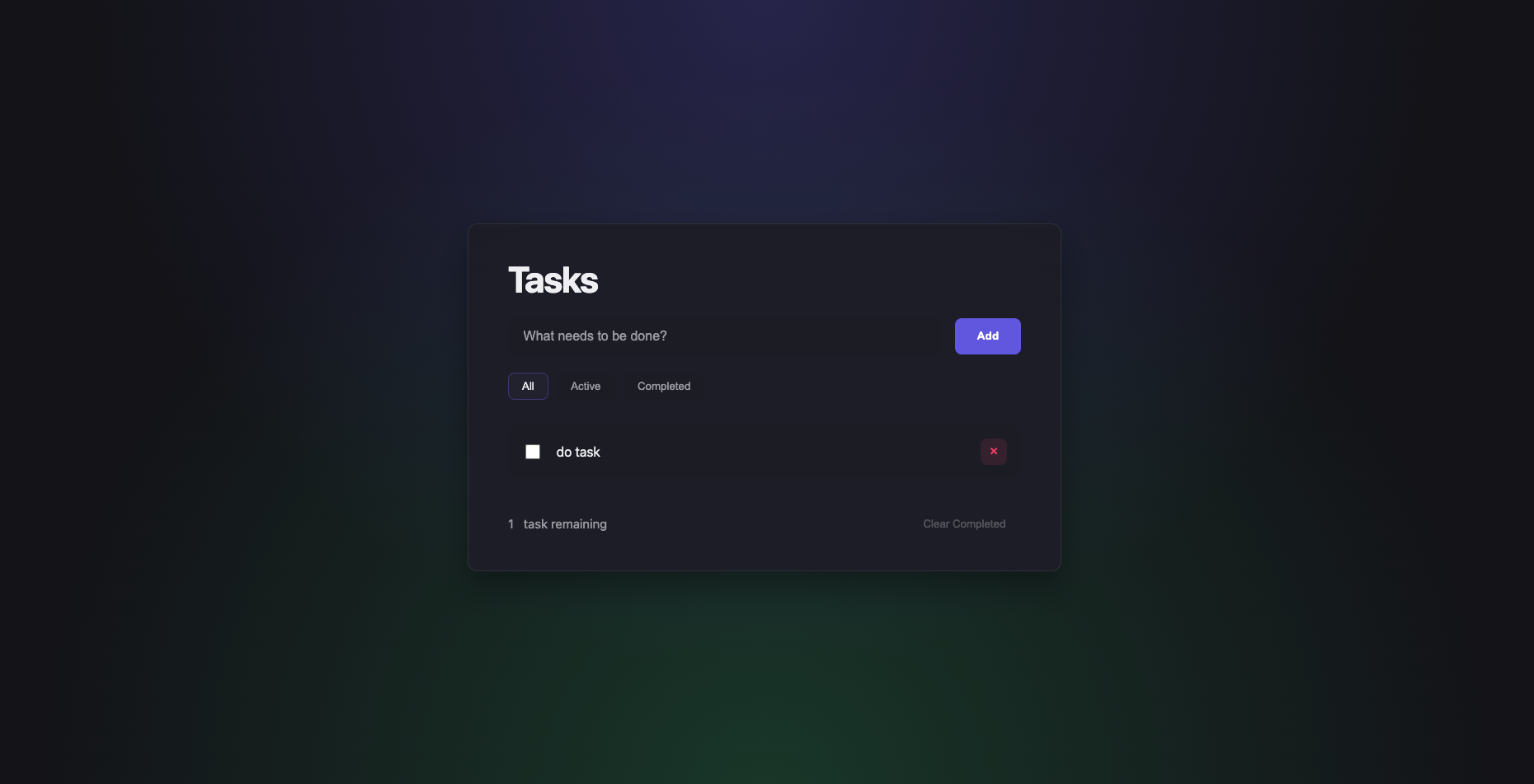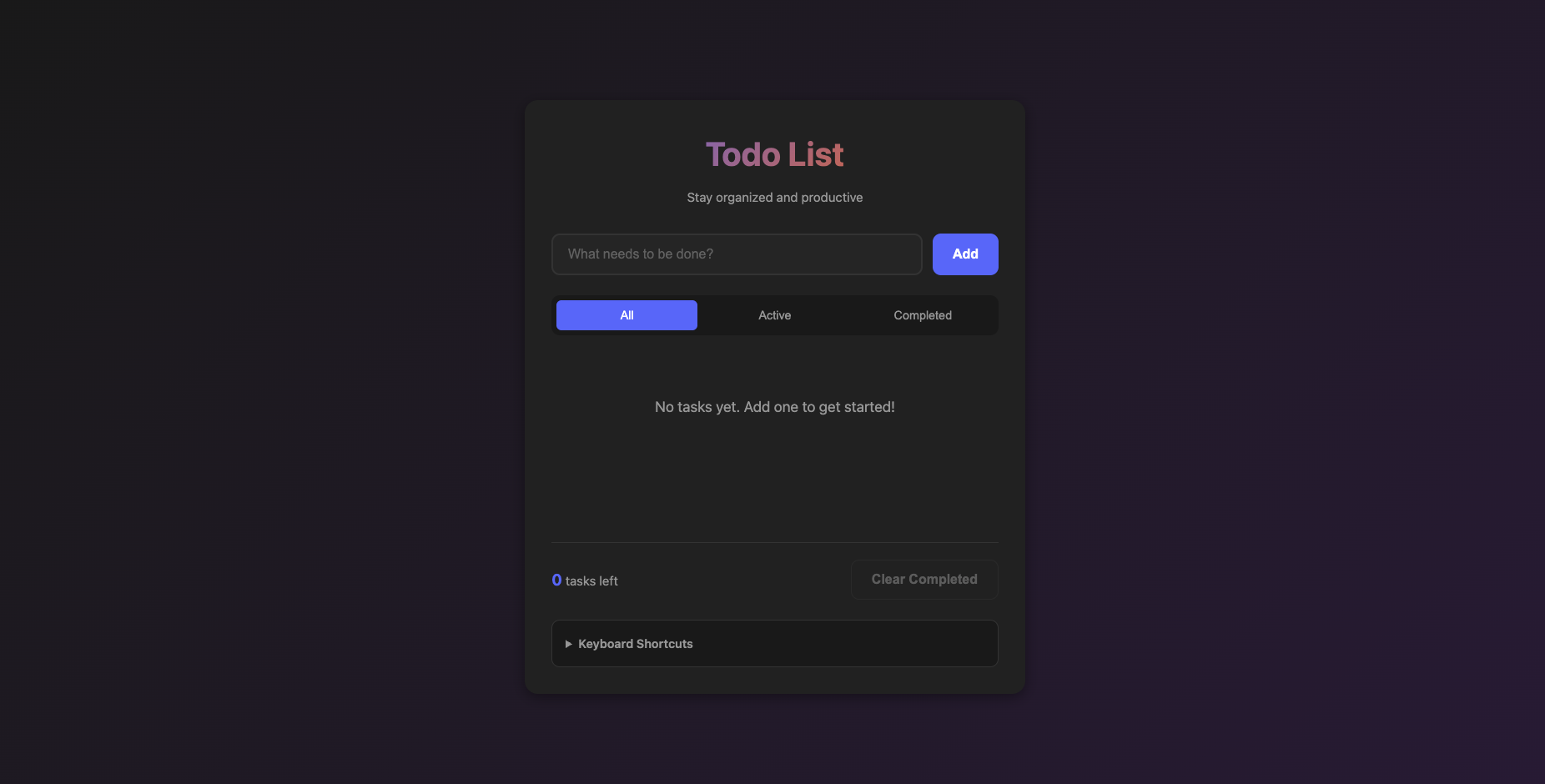1) Codex CLI — Tóm tắt khả năng & các nâng cấp chính
Codex CLI là agent chạy ngay trong terminal, đóng vai
trò “pair programmer” biết lập kế hoạch, dùng công cụ và tự kiểm tra đầu
ra theo từng bước. Bản nâng cấp 2025 tập trung vào khả năng cộng tác
thời gian thực, theo dõi tiến độ, và kiểm soát quyền truy cập an toàn —
giúp bạn chuyển từ các yêu cầu nhỏ tương tác nhanh đến nhiệm vụ dài hơi
(refactor, thêm tính năng, viết test) mà không rời môi trường làm việc.
Khả năng cốt lõi
-
Agentic coding trong terminal: ra lệnh, nhận kế
hoạch, xem log/diff, và áp dụng thay đổi trực tiếp ở thư mục làm việc;
phù hợp cả phiên ngắn (prompt–sửa–chạy) lẫn nhiệm vụ nhiều bước. -
Hiểu và điều hướng codebase: đọc tập tin liên quan,
đề xuất chỉnh sửa/viết mới, chạy lệnh build/test để xác thực; có thể
duy trì ngữ cảnh dài hơn nhờ cơ chế nén hội thoại. -
Tận dụng mô hình tối ưu cho coding: hỗ trợ dùng
GPT-5-Codex cho tác vụ cục bộ trong CLI (tùy chọn), cho chất lượng mã
và khả năng điều khiển tốt hơn. -
Tích hợp an toàn theo quyền: làm việc ở các mức cấp
quyền khác nhau (chỉ đọc/duyệt thủ công, tự động trong workspace, hoặc
toàn quyền có mạng) để cân bằng tốc độ và kiểm soát rủi ro.
Các nâng cấp nổi bật (2025)
-
Đính kèm & chia sẻ hình ảnh ngay trong CLI: gửi
screenshot/wireframe/diagram để tạo ngữ cảnh UI chung, từ đó agent bám
sát ý đồ thiết kế hơn. -
Theo dõi tiến độ bằng to-do list: CLI hiển thị các
bước việc, trạng thái hoàn thành, và cho phép tiếp tục/điều chỉnh khi
tác vụ phức tạp. -
Công cụ tích hợp tốt hơn: thêm web search và
MCP (Model Context Protocol) để kết nối hệ thống bên ngoài với độ
chính xác sử dụng công cụ cao hơn. -
Terminal UI mới: hiển thị lệnh công cụ và
diff rõ ràng, dễ theo dõi; giúp bạn duyệt và chấp thuận thay
đổi nhanh. -
Ba chế độ phê duyệt đơn giản: Read-only (duyệt thủ
công), Auto (toàn quyền trong workspace, cần duyệt khi ra ngoài), Full
access (đọc file bất kỳ & chạy lệnh có mạng); kèm cơ chế nén hội thoại
để giữ phiên làm việc dài. -
Khả dụng & cài đặt nhanh: gói CLI phát hành dạng
open-source; cài quanpmvà dùng chung tài khoản
ChatGPT/Codex để đồng bộ trải nghiệm giữa máy cục bộ, IDE và cloud.
Ý nghĩa thực tiễn
-
Cho phiên ngắn: phản hồi nhanh, sinh/ghi mã, xem diff
và hợp nhất từng phần một — rất hợp xây dựng nguyên mẫu, sửa lỗi, viết
test. -
Cho nhiệm vụ dài hơi: theo dõi to-do, dùng công cụ
đúng lúc (search/MCP), duy trì ngữ cảnh nhiều giờ; giảm tải việc lặp
thủ công và rủi ro “lạc ngữ cảnh”. -
Cho đội ngũ coi trọng an toàn: mặc định sandbox vô
hiệu mạng; mọi thao tác “nhạy cảm” đều có cơ chế xin phép, log minh
bạch, và có thể giới hạn miền mạng tin cậy khi cần.
2) Gemini CLI — kết nối & ngữ cảnh dài
Gemini CLI đưa mô hình Gemini vào terminal với thế mạnh nổi bật là
khả năng gom ngữ cảnh lớn và
khả năng “kéo tri thức ngoài” (web/search, MCP) khi cần. Cách
làm việc phù hợp là vừa viết mã vừa tổng hợp tài liệu, quy chuẩn, ví dụ
và snippet từ nhiều nguồn ngay trong một phiên.
Khả năng & trải nghiệm chính
-
Tổng hợp đa nguồn: đọc nhiều tệp
README/changelog/guide cùng lúc, rút ý và hợp nhất thành checklist
hoặc mã khởi tạo. -
Grounding khi thiếu ngữ cảnh: có thể tra cứu rồi
“điền chỗ trống” (thư viện, API mẫu, quy ước thiết kế) để tiếp tục
triển khai. -
Tích hợp công cụ qua MCP/tiện ích: mở rộng tác vụ từ
terminal (chạy lệnh, xử lý tệp, thao tác hệ thống) trong cùng một
luồng hội thoại. -
Thích hợp giai đoạn khởi tạo: bootstrap dự án, dựng
khung cấu trúc, tạo script cài đặt & cấu hình linter/test nhanh.
Điểm mạnh
-
Gom và “tiêu hoá” tài liệu rất tốt, hữu ích khi yêu cầu dính nhiều quy
chuẩn/tiêu chí. -
Tiện ích terminal đa dạng; có thể chuyển từ thảo luận sang thực thi
lệnh liền mạch. -
Phù hợp các bài toán phải vừa tra cứu vừa phát triển (setup,
tích hợp nhiều dịch vụ, tạo sample end-to-end).
Điểm cần lưu ý
-
Đầu ra dễ dài; nên yêu cầu rút gọn hoặc
chỉ ghi thay đổi tối thiểu để tránh mã/cấu hình thừa. -
Ở bài toán nhiều ràng buộc (ví dụ: vật lý/va chạm trong game), logic
đôi khi thiếu ổn định — nên kèm test nhỏ để “neo” hành vi mong muốn. -
Prompt càng dài càng dễ tăng độ trễ; chia nhỏ mục tiêu giúp cải thiện
tốc độ và độ chính xác.
Khi nào nên dùng / không nên dùng
-
Nên dùng: khởi tạo dự án, hợp nhất guideline, tạo
khung CI/CD, viết script cài đặt; tích hợp SDK/API mới có nhiều tài
liệu rải rác. -
Không lý tưởng: tác vụ yêu cầu logic thời gian thực
nhạy cảm (gameplay/physics), hoặc tối ưu UI/animation vi mô cần tinh
chỉnh thủ công.
3) Claude Code — độ sâu & tái cấu trúc
Claude Code thiên về hiểu dự án và
giữ tính nhất quán trên codebase lớn. Công cụ này làm tốt các
việc như điều hướng toàn repo, chuẩn hoá kiến trúc, viết module theo
convention, chạy test và thậm chí đề xuất PR hoàn chỉnh với mô tả rõ
ràng.
Khả năng & trải nghiệm chính
-
Refactor quy mô lớn: phát hiện trùng lặp, tách
mô-đun, chuẩn hoá naming/foldering, giải thích tác động kiến trúc. -
Review có lý do: output thường kèm chú thích “vì sao”
và “cách kiểm chứng”, thuận tiện cho code review theo nhóm. -
Giữ trạng thái & luồng làm việc: có thể theo dõi đề
xuất qua nhiều bước (quét, đổi tên, cập nhật test, cập nhật tài liệu). -
UI/animation có tổ chức: ở bài front-end đòi hỏi
chuyển cảnh hoặc nhiều trạng thái, cách tổ chức logic thường gọn gàng,
ít “giật cục”.
Điểm mạnh
-
Rất phù hợp với kế hoạch tái cấu trúc/chuẩn hoá đa mô-đun
hoặc khi cần củng cố ranh giới giữa các layer. -
Đầu ra dễ đọc, có chú thích; thuận lợi cho duy trì lâu dài và
onboarding thành viên mới. -
Hỗ trợ quy trình nhóm: có thể đề xuất commit/PR với mô tả chi tiết,
checklist kiểm thử và hướng dẫn rollout.
Điểm cần lưu ý
-
Tốc độ không phải thế mạnh; cần cân nhắc khi deadline gấp hoặc chỉ sửa
1–2 file nhỏ. -
Để đạt “đúng gu” kiến trúc, nên mô tả convention (naming, foldering,
state, test strategy) ngay từ đầu. -
Với việc rất nhỏ, chi phí thời gian có thể lớn hơn lợi ích so với các
công cụ hướng tốc độ.
Khi nào nên dùng / không nên dùng
-
Nên dùng: refactor lớn, nâng cấp framework, tách
mô-đun, chuẩn hoá API, dọn nợ kỹ thuật, viết/hoàn thiện test. -
Không lý tưởng: thử nghiệm nhanh/POC siêu nhỏ, tinh
chỉnh UI/copywriting vi mô cần phản hồi tức thì.
4) Bảng so sánh chính
| Tiêu chí | Codex CLI | Gemini CLI | Claude Code |
|---|---|---|---|
| Model nền | OpenAI Codex (tối ưu coding) | Gemini 2.5 Pro | Claude Sonnet 4 |
| Context window | ~128K tokens | ~1M tokens | ~200K tokens (xấp xỉ) |
| Truy cập FS & Shell | Có | Có | Có |
| Tính năng khác biệt | Tốc độ phản hồi nhanh, vòng lặp ngắn | Kéo tri thức ngoài, ngữ cảnh dài | Quét codebase, gợi ý PR, chuẩn hoá |
| Phù hợp nhất cho | Prototype, sửa lỗi, tác vụ cục bộ | Quy trình “viết mã + tra cứu” | Dự án nhiều mô-đun, refactor/maintain |
| Tốc độ/độ trễ | Nhanh nhất | Trung bình | Chậm hơn |
| UI/Animation | Thiên chức năng | Khá tốt, phụ thuộc prompt | Mượt & có tổ chức |
| Xử lý lỗi | Cần can thiệp tay ở logic phức tạp | Ổn nếu prompt rõ | Phát hiện & sửa tốt, kèm giải thích |
5) Demo 2 tác vụ cụ thể
Task 1 — Platformer 2D phong cách Super Mario
Prompt: “Tạo một trò chơi platformer 2D cơ bản theo phong cách Super
Mario. Trò chơi nên có bố cục đơn giản dựa trên các ô vuông với Mario
đứng trên các khối đất, nền trời với những đám mây, khối hình dấu hỏi
phía trên và một đường ống màu xanh lá cây gần đó. Bao gồm các cơ chế cơ
bản như di chuyển trái/phải và nhảy bằng các phím mũi tên trên bàn phím.
Mô phỏng trọng lực và va chạm với các nền tảng. Sử dụng đồ họa theo
phong cách pixel-art với các tài nguyên cục bộ được nhúng hoặc tham
chiếu.”
Codex CLI
Gemini CLI
Claude Code
Task 2 — Đồng hồ động theo chủ đề thời tiết
Prompt: “Thiết kế và phát triển một bảng điều khiển đồng hồ động theo
chủ đề thời tiết với giao diện trực quan phong phú chỉ bằng HTML, CSS và
JavaScript. Mục tiêu chính là tạo ra một giao diện đồng hồ thời gian
thực, không chỉ hiển thị thời gian hiện tại mà còn tự động điều chỉnh
theo thời gian trong ngày. Triển khai bốn hiệu ứng chuyển tiếp nền động
thể hiện bình minh, trưa, hoàng hôn và đêm, mỗi hiệu ứng có màu sắc và
các yếu tố động riêng biệt như mây trôi, sao lấp lánh, hoặc mặt trời/mặt
trăng mọc/lặn, và cung cấp tùy chọn chuyển đổi giữa định dạng thời gian
12 giờ và 24 giờ. Để tăng thêm tính tương tác, hãy thêm một phần hiển
thị câu trích dẫn động lực hoặc năng suất theo từng giờ.”
Codex CLI
Gemini CLI
Claude Code
6) Ưu & Nhược điểm thực tế
6.1 Codex CLI
Ưu điểm
-
Tốc độ phản hồi rất nhanh; phù hợp vòng lặp “chia nhỏ — chạy thử — sửa
— lặp”. -
Trải nghiệm terminal gọn gàng: xem diff → áp dụng, chạy test/format
ngay trong CLI. -
Ổn định ở tác vụ nhỏ/vừa; giữ mạch công việc tốt khi bạn dẫn dắt bằng
checklist/to-do.
Nhược điểm
-
UI/animation phức tạp (parallax, canvas, webGL) thường cần chỉnh tay
thêm; thiên về chức năng. -
Logic nhiều tầng, đa mô-đun: đôi lúc bỏ sót ràng buộc; cần test bao
phủ để duy trì chất lượng. - Tài liệu hoá sinh tự động thường ngắn; cần yêu cầu bổ sung “why/how”.
6.2 Gemini CLI
Ưu điểm
-
Ngữ cảnh rất lớn: đọc nhiều tệp/README/changelog cùng lúc, tổng hợp
nguồn nhanh. -
Kéo tri thức ngoài (web/search) khi thiếu snippet/tiêu chuẩn, rồi hợp
nhất vào triển khai. -
Hữu ích khi khởi tạo dự án mới cần nhiều guideline & tài liệu tham
chiếu.
Nhược điểm
-
Đầu ra thường dài; cần rút gọn để tránh code/CSS dư hoặc cấu trúc rườm
rà. -
Logic chưa ổn định ở bài toán nhiều ràng buộc (ví dụ game với va
chạm/trọng lực). - Độ trễ trung bình; prompt càng dài càng tốn thời gian suy nghĩ.
6.3 Claude Code
Ưu điểm
-
Hiểu dự án tốt, nổi bật ở refactor, gom code trùng, đặt tên có chủ
đích, output có chú thích. -
UI/animation mượt, trạng thái rõ; phù hợp demo front-end đòi hỏi
chuyển cảnh tinh tế. -
Phù hợp quy trình nhóm: có thể sinh commit/PR có mô tả, tài liệu hoá
bài bản.
Nhược điểm
- Tốc độ chậm hơn; không phù hợp khi cần xử lý “siêu nhanh”.
- Phụ thuộc prompt chi tiết để đạt kiến trúc “đúng gu”.
-
Với tác vụ rất nhỏ (1–2 file), chi phí thời gian đôi khi lớn hơn lợi
ích so với Codex.
7) Chọn công cụ nào theo nhu cầu
Muốn tốc độ & vòng lặp ngắn
Chọn Codex. Giao tác vụ nhỏ-vừa, kiểm diff theo
bước; tận dụng test/format tự động để “khoanh vùng lỗi” nhanh.
Muốn kéo ngữ cảnh ngoài & tìm kiếm
Chọn Gemini. Gom README, guideline, link web → hợp
nhất checklist & script; hữu ích khi khởi tạo dự án nhiều ràng buộc.
Muốn refactor & quản lý codebase lớn
Chọn Claude. Giao nhiệm vụ tổ chức lại cấu trúc,
sinh PR có mô tả; yêu cầu giải thích kiến trúc & tác động.

